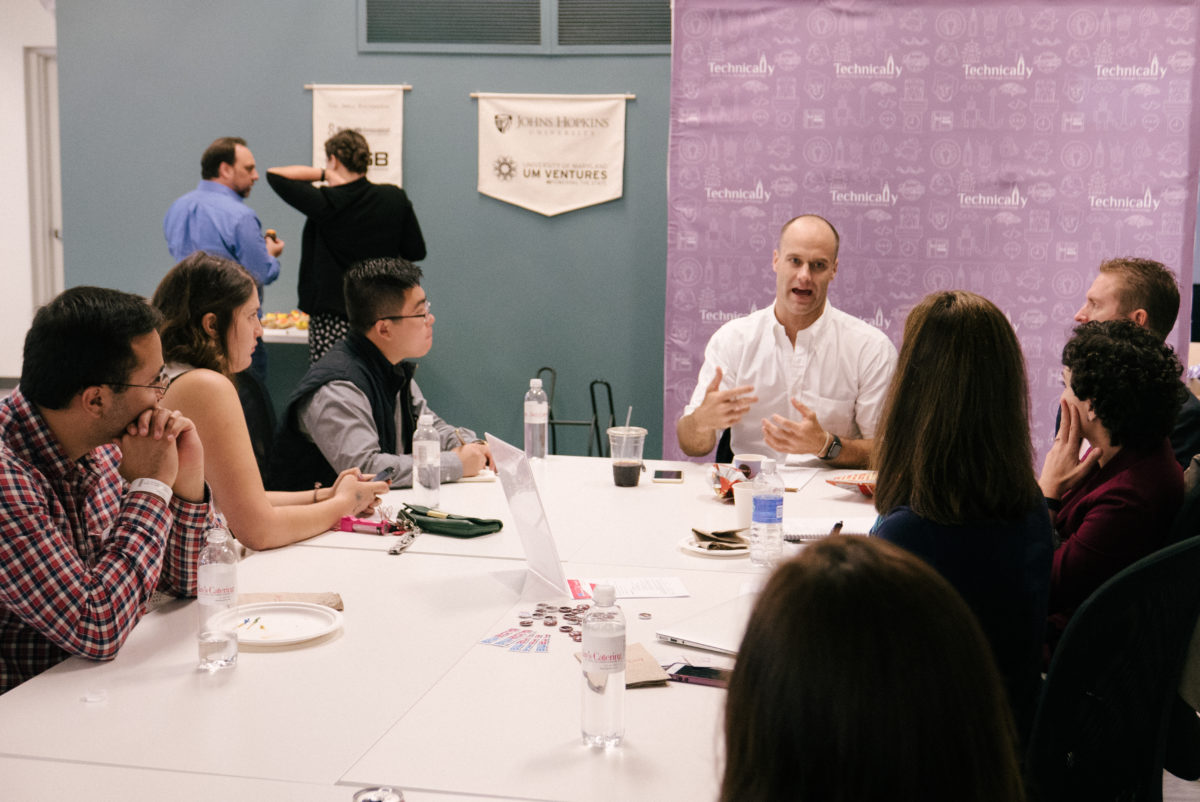Having a team offsite is one of the most rewarding, fun, and long-lasting ways to invest in your company’s culture. Giving people the space and the opportunity to share their thoughts and experiences in a low-structure, low-risk, informal environment not only builds new levels of trust, but can connect people on a more personal level around shared values.
However, an offsite retreat can be expensive. You might find yourself jumping to renting a room at a hotel, getting fancy catering, or bringing in an external “facilitator.” While these are known hallmarks of offsites, they aren’t the things that make it have an impact. Like many things at a small company, this is something that with a little extra effort and some intentional design you can pull off yourself. Because who knows your team, culture, and values better than you anyways?
This series will walk you through the five most important points for running your own team retreat and designing it in a way that leads to lasting impact. First up — Points 1 & 2, The Buy-In and The Design.
1. The Buy-In
The biggest hurdle is often getting other people on your team as excited about having an offsite as you are. For you, it’s a day where the team can bond, where you’ll focus on things other than looming deadlines, answering new tickets, and knocking out features. They’ll be no meetings and no calls and no progress made on closing the next deal. It’s not that everyone else doesn’t want to spend a day hanging out, but that’s just it: They may not see how it impacts their work or what role they have to play. They may not want to invest the time because they “lose” a day of work. You have to get the rest of the team to see how spending a day on yourselves and your internal dynamics is going to move all of those day-to-day responsibilities forward faster, better, and more efficiently. Take these steps to successfully build buy-in:
Set your purpose and decide who is going to be there day-of. Why are you having an off-site? Does your team need an energy boost? Are people getting set in their ways and their creativity is stale? Do people across different teams need some face-time to build deeper relationships? Are people unfocused? There are many different reasons to have an off-site, but it’s probably one of these. Set your purpose and based on this decide who needs to be there. This might be the whole team, or it might be a subset. If it’s your first off-site, it’s best to include everyone. Let it set off a new way of doing things.
Put your date on the calendar far in advance. Not a week in advance, like two months in advance. This gives everyone time to know it is coming, not be surprised, and get over any initial hesitations.
Get feedback on your agenda from your leadership team. Do this three weeks in advance. It doesn’t have to be incredibly detailed, but it should share what the structure of the day will be, the goals and purpose you’ve set, and delineate the budget. Ask for feedback. Make others who may or may not be there day-of feel invested and that their voice is heard.
Provide the agenda to your team of attendees and assign pre-work. Do this one week in advance. In your high-level agenda include topics, times, breaks, and any location related details. Reinforce that this isn’t like a thing they’re just showing up to or a day off; this is a purposeful, intentional use of time to grow together. That means you’ll need to assign some pre-work.
Your pre-work should be connected to your off-site’s purpose. So if your purpose is something like, “We need to build deeper connections between team members to improve collaboration going forward,” your pre-work should focus on something personal to the individual rather than their job function. Some examples may include having everyone do a “Working Styles” assessment, read a particular excerpt from a book that aligns with your team’s values (think a chapter from REWORK or The Hard Thing About Hard Things), or watching a TED Talk. This should be a short, less than 20 minute activity to get their gears going on things that matter, but are outside their daily thought patterns and routines.
And one other thing: Tell people what you’re going to be eating. People like to know what they’re going to get to eat, and it eliminates a whole set of distracting worries and questions.
2. The Design
This part is make or break. To make a retreat work you have to design it in a way that creates a memorable experience, where each team member feels that their voice mattered, that their time was well spent, and that they see how the conversations connect back to their daily role. Designing your offsite is all about:
Location, location, location. You’ll want to start by finding an environment that people will be comfortable in but not something they are used to. This could be a room at the library that you can reserve for free with your library card, a conference room or classroom at a coworking space, a private section at big table at a restaurant, food hall, or coffee shop, or a conference room at your further-along-in-their-business friend’s office. Just make sure there are white boards or open walls, roundtables or other shared collaborative seating, room to get up and move around, and a plan for coffee and sugar.
Define your purpose. While there are many different reasons to have an offsite, your purpose should be something simple and clear. Maybe it’s because you want to define your mission, vision, and values because you’re getting ready to do a round of hiring. Maybe you want to reveal your product roadmap and development strategy for the next 18 months. Maybe you’ve read a lot of books about building team culture and you want to start putting what you’ve learned into practice. Any of these could be your retreat’s purpose. Not all, but one.
Establish your goals. Once you have your purpose defined, you need to decide what you are aiming to accomplish by having a retreat. Define your goals as they relate to your purpose. Let’s say your purpose is to “Improve team collaboration.” Some goals could be that as a result of the retreat “people know each other better ” or that “our team is more trusting and willing to rely on each other.” Your goals should be SMART (specific, measurable, achievable, relevant, and time-bound). Start with two or three goals, it will be plenty!
Determine how you will measure success. As with anything, you need to have a way to measure the value of the retreat and the time your team spent together. You can do this in very data-driven ways, such as asking people for feedback on a scale of 1-5, doing a pre- and post- two question survey, or asking people at the beginning, middle, and end of the day to share with the group how they are feeling and what they are learning. On the other hand, your evaluation could be more qualitative and observed by you and your leadership team. If the goal is to promote feelings of trust and willingness to rely on each other on a team, a measurable outcome could be: “Because people know each other better, our project planning sessions move more efficiently because no one’s guard is up and team members are more active participants.”
Once you’ve got your retreat on the calendar, have built the buy-in from leadership and your team, and have figured out how you will measure your success, it’s time to work on Point 3 — The Agenda. Stay tuned for our next installment after Labor Day.

This column is a part of Technical.ly's Team Dynamics Month of our editorial calendar.
Before you go...
Please consider supporting Technical.ly to keep our independent journalism strong. Unlike most business-focused media outlets, we don’t have a paywall. Instead, we count on your personal and organizational support.
3 ways to support our work:- Contribute to the Journalism Fund. Charitable giving ensures our information remains free and accessible for residents to discover workforce programs and entrepreneurship pathways. This includes philanthropic grants and individual tax-deductible donations from readers like you.
- Use our Preferred Partners. Our directory of vetted providers offers high-quality recommendations for services our readers need, and each referral supports our journalism.
- Use our services. If you need entrepreneurs and tech leaders to buy your services, are seeking technologists to hire or want more professionals to know about your ecosystem, Technical.ly has the biggest and most engaged audience in the mid-Atlantic. We help companies tell their stories and answer big questions to meet and serve our community.
Join our growing Slack community
Join 5,000 tech professionals and entrepreneurs in our community Slack today!

The person charged in the UnitedHealthcare CEO shooting had a ton of tech connections

From rejection to innovation: How I built a tool to beat AI hiring algorithms at their own game

Where are the country’s most vibrant tech and startup communities?



